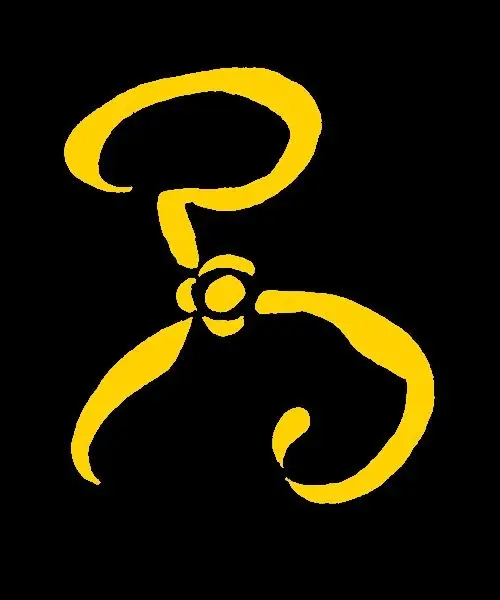Welcome back to our adventure into the Dreamlands as described by H.P. Lovecraft. In this week’s thread we will be discussing the reading of last week, The Quest of Iranon and The Other Gods.
This week we reach the “midway point” in terms of stories read in the Dream Cycle, though the stories in the latter half tend to be weightier volumes. We will be reading two more tales: Hypnos and Azathoth.
Our first story, Hypnos was written in March 1922. It is found in PDF format via our friend the Arkham Archivist here and in audio format via LibriVox here.
Our second story, Azathoth is the shortest of our tales thus far and is reportedly the beginning to an incomplete novel of Lovecraft. It can be found in PDF format via the same link above. I failed to find a LibriVox audio recording, thus I rely once again on the talented YouTuber HorrorBabble. A link via piped is available here.
Image Credit Carlos Palma Cruchaga.
Sorry for a couple of late submissions. The previous one was due to my brother’s stag, and this week I’m visiting the in-laws.


Though still a tragic tale, The Other Gods is more of a story of hubris and gaining more than what you bargained for. The gods of Earth - which are regarded as in some way weaker than and protected by the Outer Gods - attempt to live secluded from humanity atop the peaks of mountains. They are chased to higher and higher peaks by inquisitive humans until they make their final refuge atop Unknown Kadath, a mountain thankfully unknown to the humans.
The gods grow homesick for their mountain ranges of the past, and so make journeys to these old peaks atop clouds, which the learned among the humans come to associate with the passing of the gods.
Our main protagonist for this story is one of these learned men, Barzai the Wise, who in his familiarity with many books of ancient lore, has grown arrogant and accepting of the title “half god”, perhaps a title coined by himself. He seeks some form of mastery over earth’s gods by forcing them to reveal themselves to him during one of their journeys to the nearby peak of Hatheg-Kla. Despite the protests of the common folk, who have a healthy fear of the Earth gods, Barzai makes a voyage to Hatheg-Kla together with his disciple, the young priest Atal of Ulthar.
As they climb the mountain on a cloudy night, Barzai powers on ahead of Atal. Atal soon loses sight of Barzai, but hears him gloating from the mists. He shouts about hearing the singing of Earth’s gods and seeing the shadows of them dancing in the moonlight. He declares himself a prophet and greater than the gods who “fear the coming of Barzai the Wise”.
Soon Barzai’s luck takes a foul turn. The moon blackens, an eclipse not predicted in any of the astronomical tomes that Barzai has referenced. Barzai soon finds that the icy cap of the peak extends endlessly into the void, and that he finds himself being drawn upwards into the black heavens rather than back down to the Earth.
Finally, Barzai scream in fear that he has encountered “the other gods… that guard the feeble gods of earth!” His disciple Atal is urged to escape and that is the last we see or hear of Barzai.
When the clouds pass, a search party is dispatched to find Barzai the Wise, but no sign of his body is found atop Hatheg-Kla. Instead, they find a cyclopean symbol, fifty cubits wide, carved into the mountain as if by the chisel of a giant. His former disciple Atal thereafter refuses to pray for the soul of his former mentor, and the people of the nearby settlements learn to fear the vapours of the gods.
In this story we find a second reference to Polaris, as Barzai is said to be familiar with the Pnakotic Manuscripts, which reside in Olathoë. The priest Atal comes from the town of Ulthar, and in fact Barzai was an advisor to the villagers of Ulthar when they passed the law against killing cats, following the events of The Cats of Ulthar. Furthermore, he is aware of lore regarding cats which he then teaches to Atal. Together with The Quest of Iranon, we are beginning to formulate a continuum of the Dreamlands, and a timeline dissociated with the timeline of Earth. Dreamers can perceivably live many ages in dream while only sleeping for a night, and lands of ancient dreamers are proven to exist alongside relatively modern dream locations. We will see in a later story how dreamers may in fact interact with other dreamers long dead in the waking world.